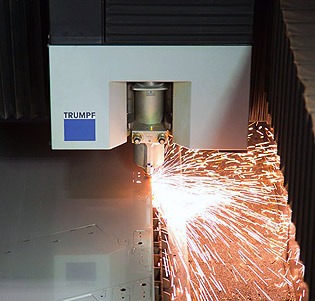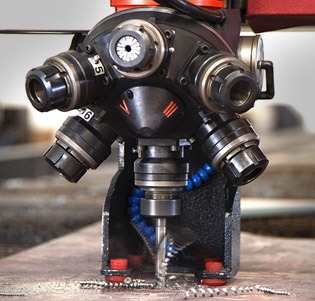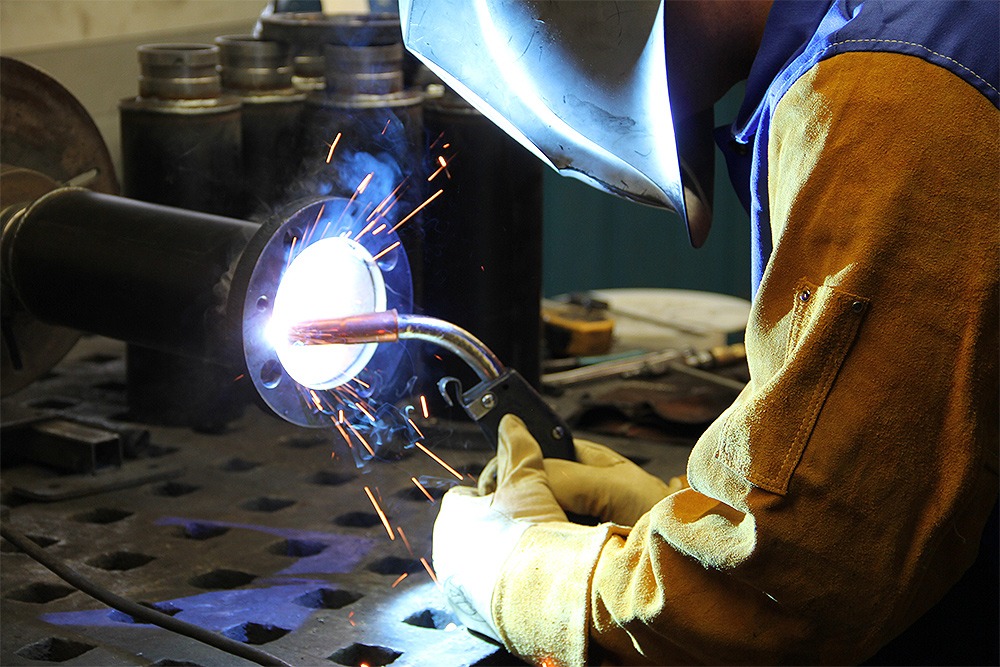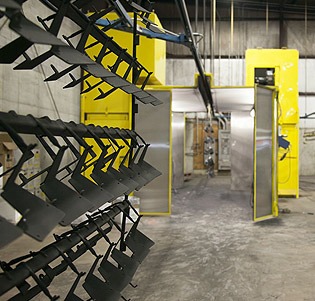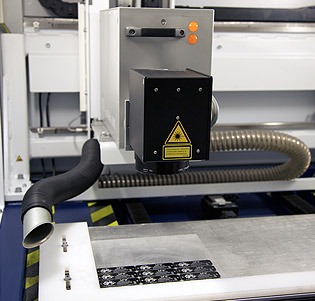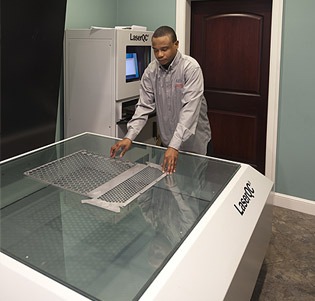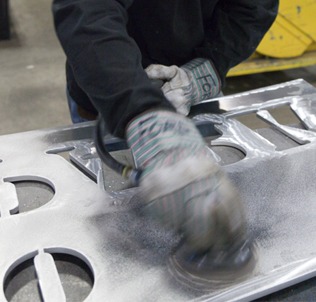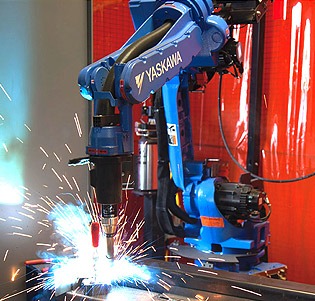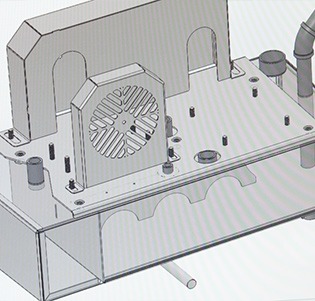Meet Corey, Lead Programmer at BenCo
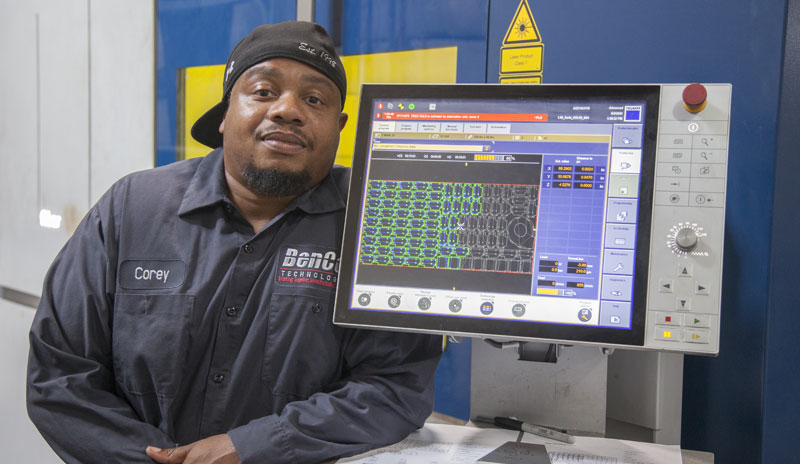
Corey has been with BenCo for over 10 years and has since moved up the ranks from a laser cutting machine operator to now serving as our lead programmer. He’s an irreplaceable member of our team. We sat down with Corey to see what he’s working on now and what he likes most about being here at BenCo.
When you first started at BenCo what was your role?
I started running machines originally and spent my first 6 years at BenCo running our laser cutting machines. After 6 years I decided I wanted to do something different and had watched what our programmers did over the years. I wanted to get out from behind the machine and knew that I could do a good job coordinating the team on the shop floor.
Very few people stay at a job for as long as 10 years anymore. What made you decide to keep moving up with the company over the years?
It really is the people. We work hard and have a lot of fun. It’s a fun atmosphere. I also get to work with just about everyone here which I like. I work with the engineers, our admin staff, the guys running machines – pretty much everyone.
What does each day look like for you as BenCo’s Lead Programmer?
It pretty much looks like me running from one place to another trying to take care of everything our customers need. It’s my job to gather up the orders each morning, sort them by the date the parts are due and add them into the mix of jobs we’re currently running. Then I make sure we have the materials we need to get each job done.
After that, I take over all of the nesting that needs to be done so we’re running parts as efficiently as possible.
What’s your nesting process? How is what you’re doing adding in those efficiencies?
So, nesting is the process of making sure we’re getting the most out of each sheet of metal we order. It’s like fitting together a puzzle.
First, our front office staff and project managers put the POs they receive from a customer into our system. Then, when I gather the POs each morning, I separate them by materials and plan out which parts will get cut on which sheets of metal. My goal is to get the most parts possible out of every sheet so we’re not wasting materials.
Once I’ve nested each order, I take each job’s parts sheet down to the shop for the machinists to start cutting the parts.
With you having been a machine operator, what’s it like planning out each nest and working in the shop, just in a very different way?
I love being in the shop and helping each of our operators. I still come in every day and check every machine before a single one is turned on for first shift. Sometimes I’ll find out that a machine was down once I take a look and then I have to change up that whole day’s schedule.
My machining experience lets me do my job as lead programmer much better because I know what it’s like and I know what each machine can do.
I also have a good team with Chris Peterson, our shop supervisor. Between the two of us, we know which materials run better on which machines and how to plan around machines that need maintenance. We’re constantly communicating to do what’s best and to keep parts flowing through the shop.
To learn more about how Corey and our entire team work hard to keep us efficient and get quality parts cut fast, contact us today. We look forward to working with you.

